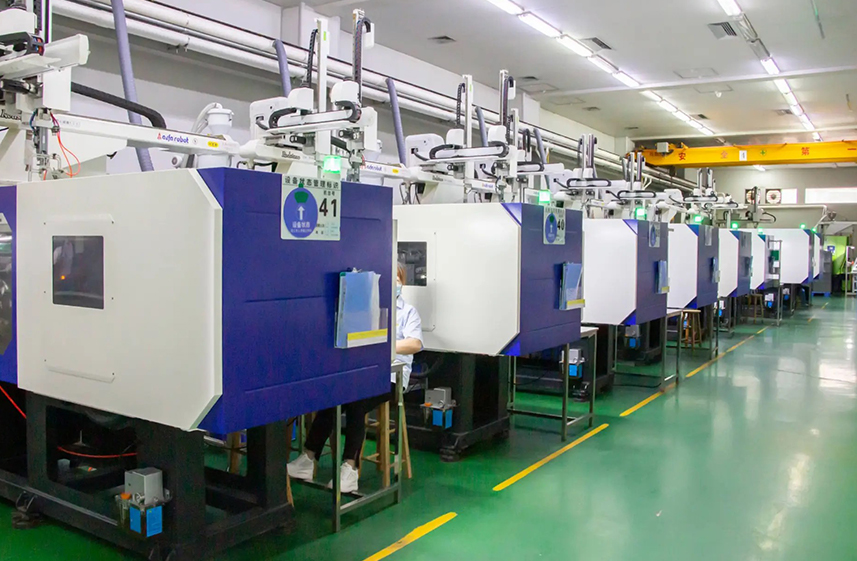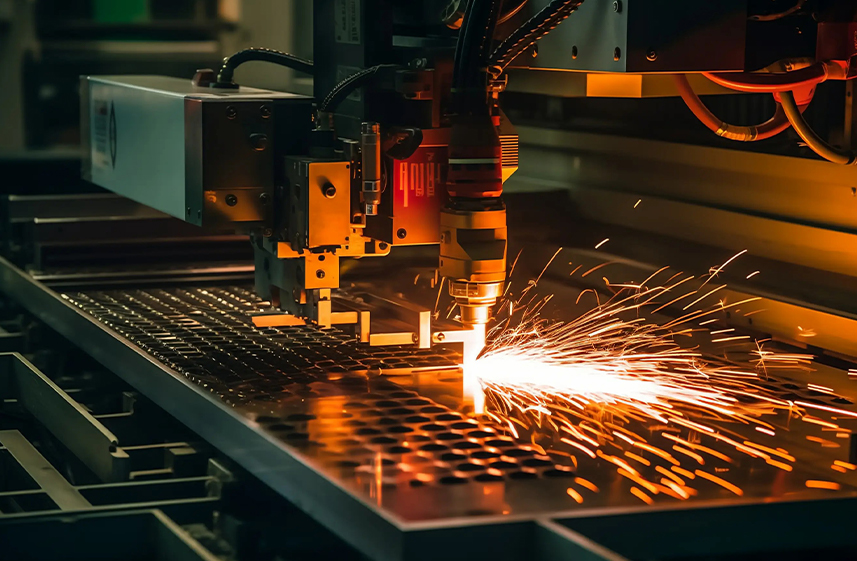



Sheet metal fabrication transforms metal sheets into structural components through systematic processing. Below is the standardized workflow:
Material Selection
Choose metals per design requirements:
Carbon Steel: Cost-effective, high strength (general structures)
Stainless Steel: Superior corrosion resistance (harsh environments)
Aluminum Alloy: Lightweight, high strength (aerospace/automotive)
Verify specifications: thickness, width, length (e.g., thicker plates for high-load components).
Material Inspection
Surface quality: Check for cracks, inclusions, or scale via visual/ultrasonic testing.
Validate chemical composition & mechanical properties (e.g., carbon content in steel, yield strength).
| Method | Application | Advantage |
|---|---|---|
| Shearing | Straight cuts for bulk production | High-speed, dimensional accuracy |
| Example: 2mm steel × 1000mm cut | ||
| Laser Cutting | Complex contours (holes, curves) | Precision ±0.1mm, smooth edges |
| Example: Perforated panels | ||
| Plasma Cutting | Thick plates (>10mm) | Rapid processing |
Press Brake Bending
Uses V-dies to form angles (e.g., 90° bends for enclosures).
CNC Bending
Automated multi-stage bending for complex geometries (e.g., chassis components).
| Method | Suitable Materials | Key Features |
|---|---|---|
| TIG Welding | Stainless steel, aluminum | High-quality, aesthetic welds |
| MIG (CO₂) Welding | Carbon steel | Fast, economical |
| Shielded Metal Arc | General steel structures | Portable, versatile |
Process Control:
Pre-weld cleaning (remove oil/rust)
Optimize parameters: current, voltage, travel speed
Post-weld slag removal
Grinding: Remove burrs/weld seams (e.g., smoothing joints).
Painting: Enhance corrosion resistance & appearance (e.g., enclosure coating).
Plating: Zinc/chrome electroplating for critical corrosion protection (e.g., hardware fixtures).
Fit components per engineering drawings (e.g., assembling enclosure panels).
Functional testing: Verify kinematics/structural integrity (e.g., door operation).
Dimensional Check
Tools: Calipers, micrometers, gauge blocks
Tolerance verification (e.g., enclosure dimensions).
Performance Validation
Load testing (structural strength)
Salt spray tests (corrosion resistance).
Cosmetic Audit
Surface defects: scratches, paint uniformity.
Packaging: Wooden crates (large parts) with foam cushioning; cartons (small components).
Transport: Road (short-haul), rail/ocean (long-distance).